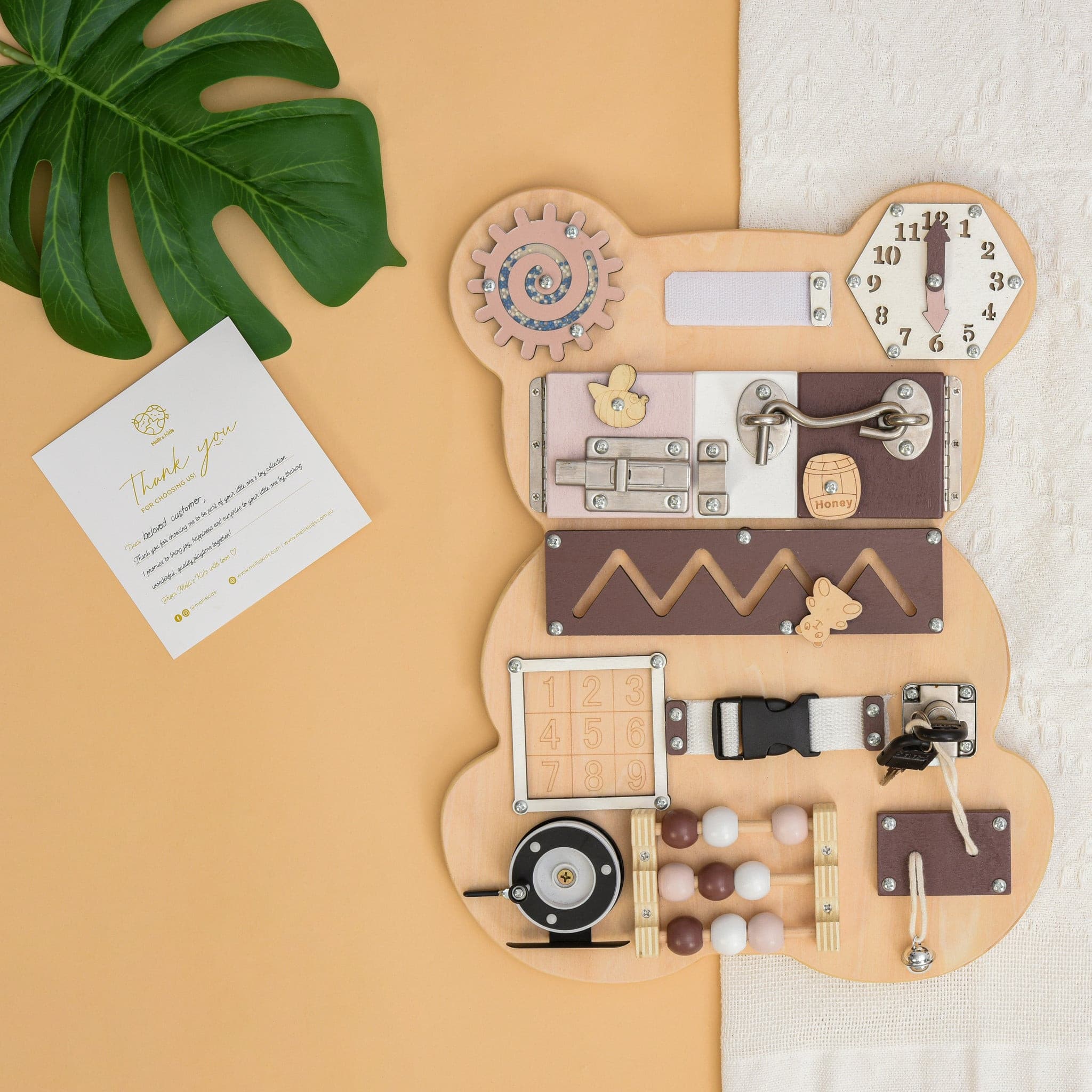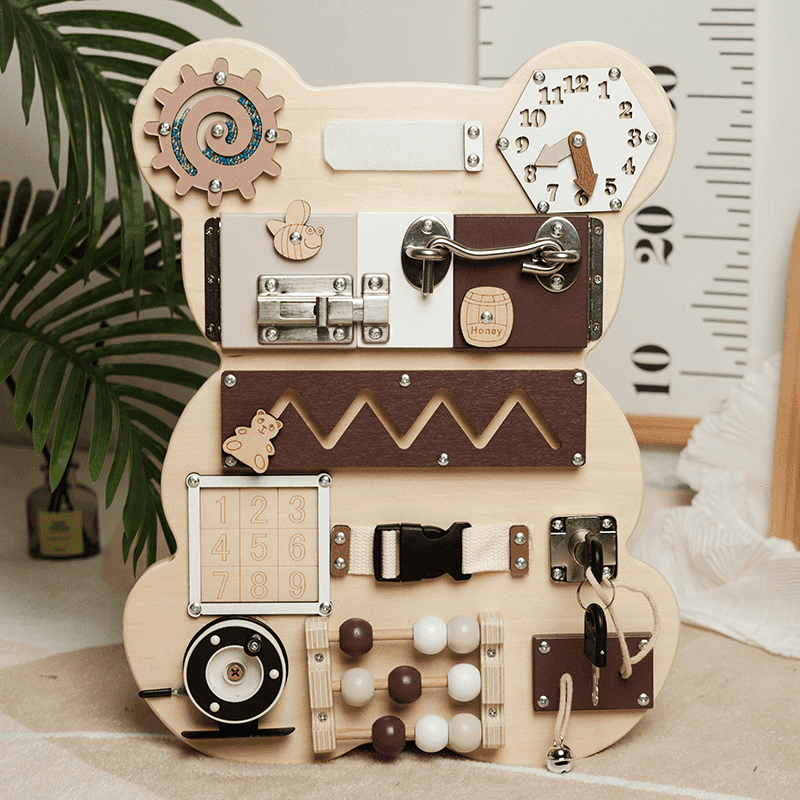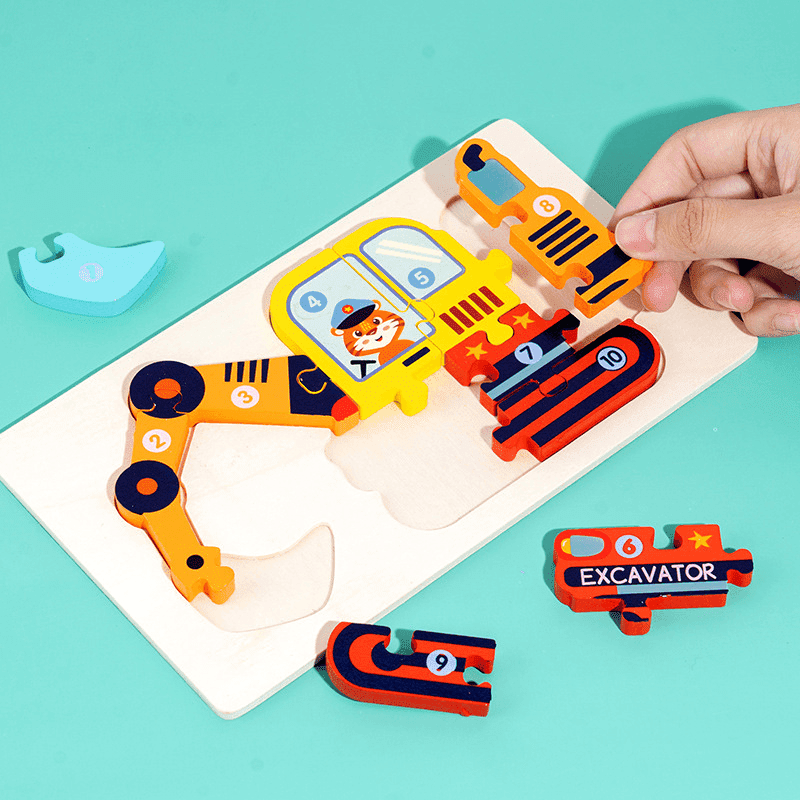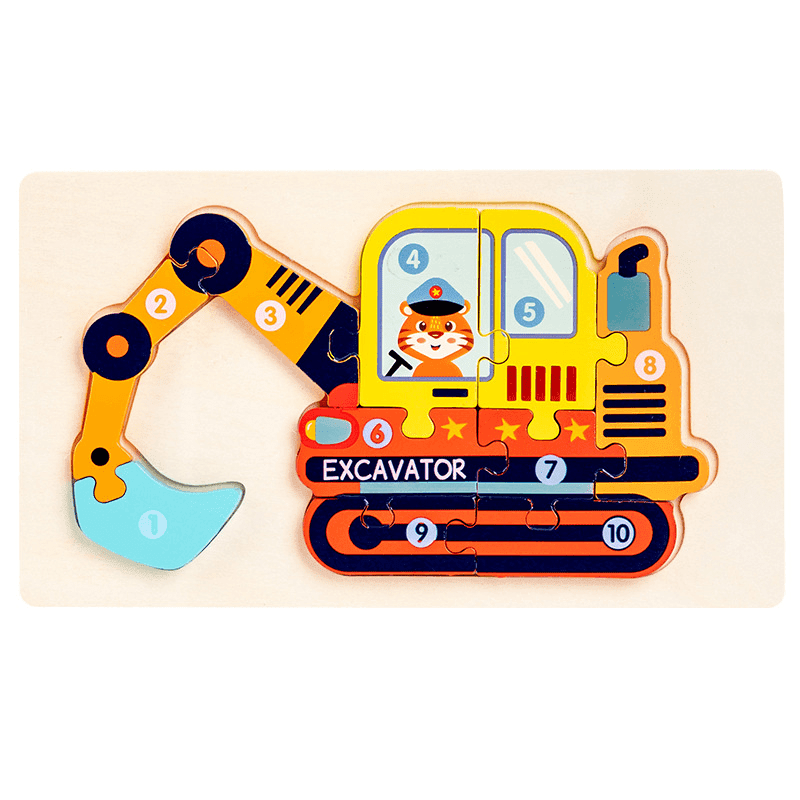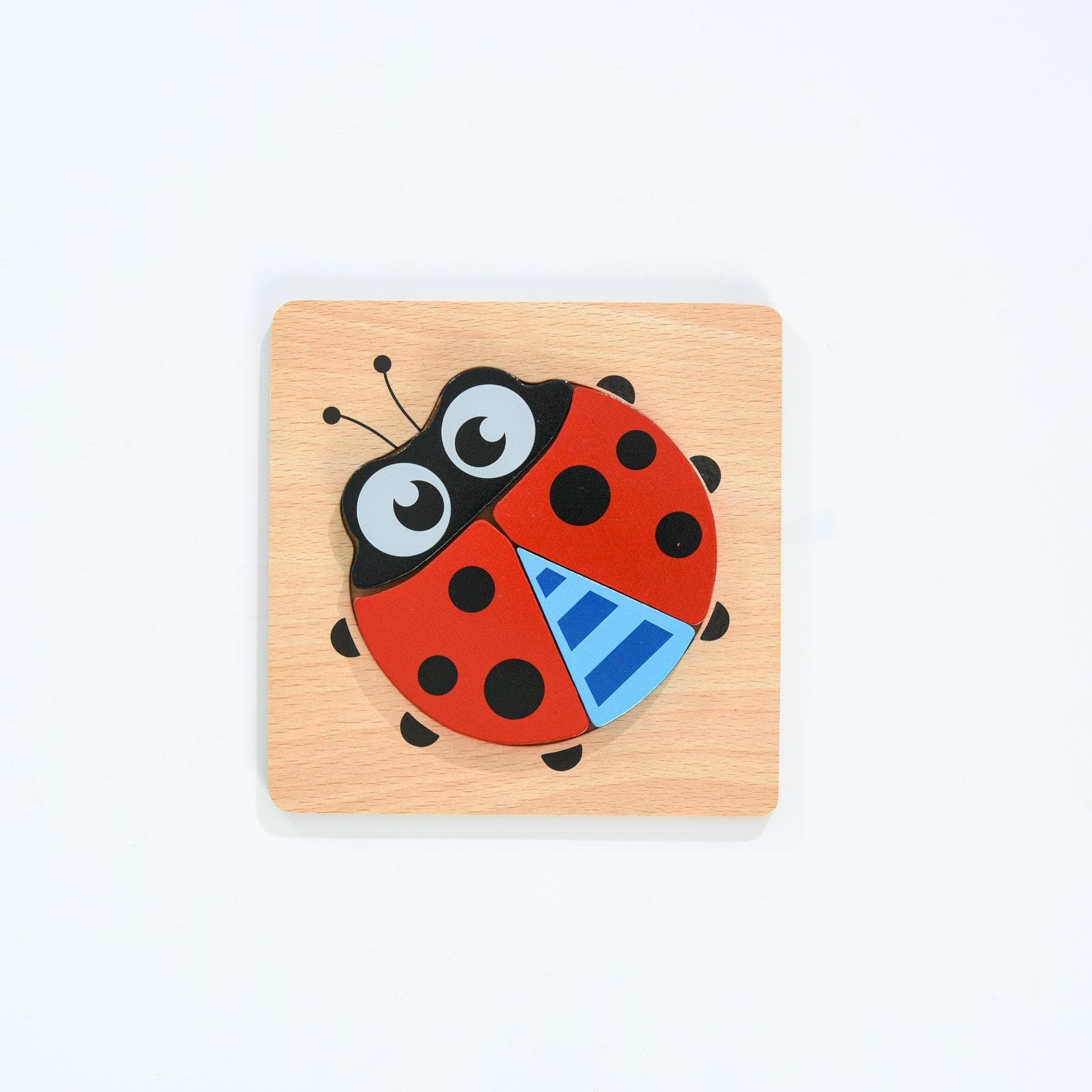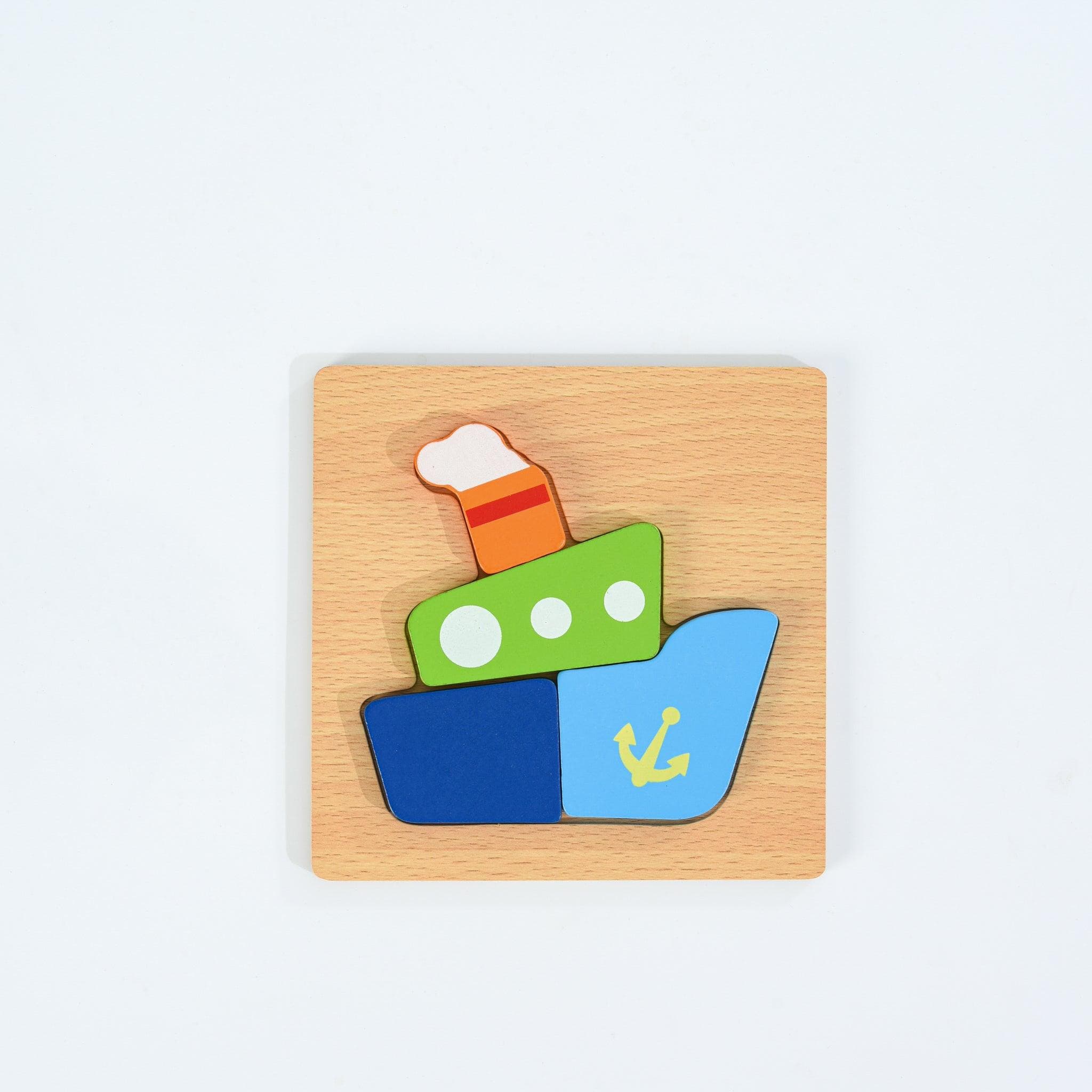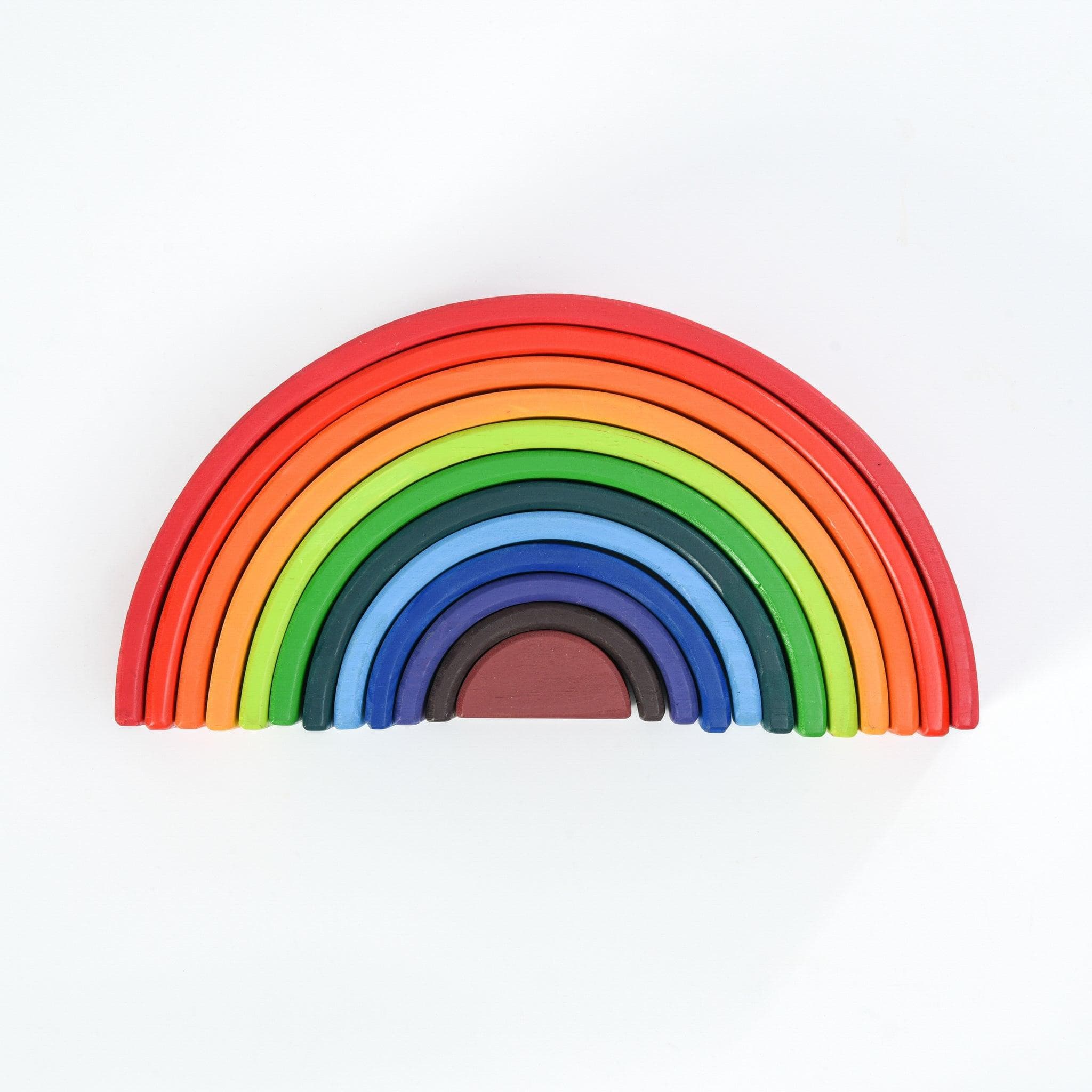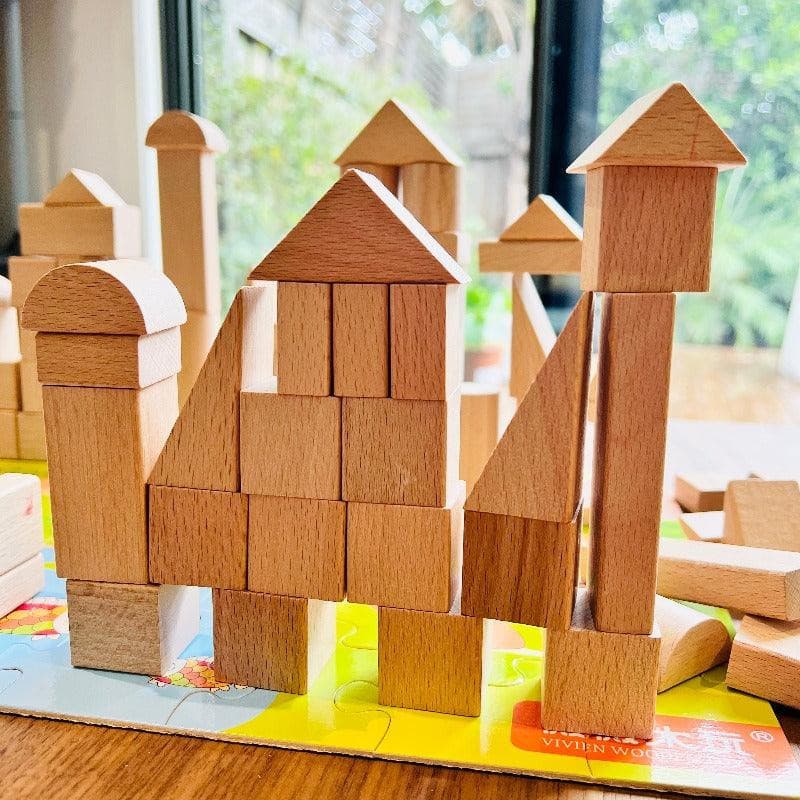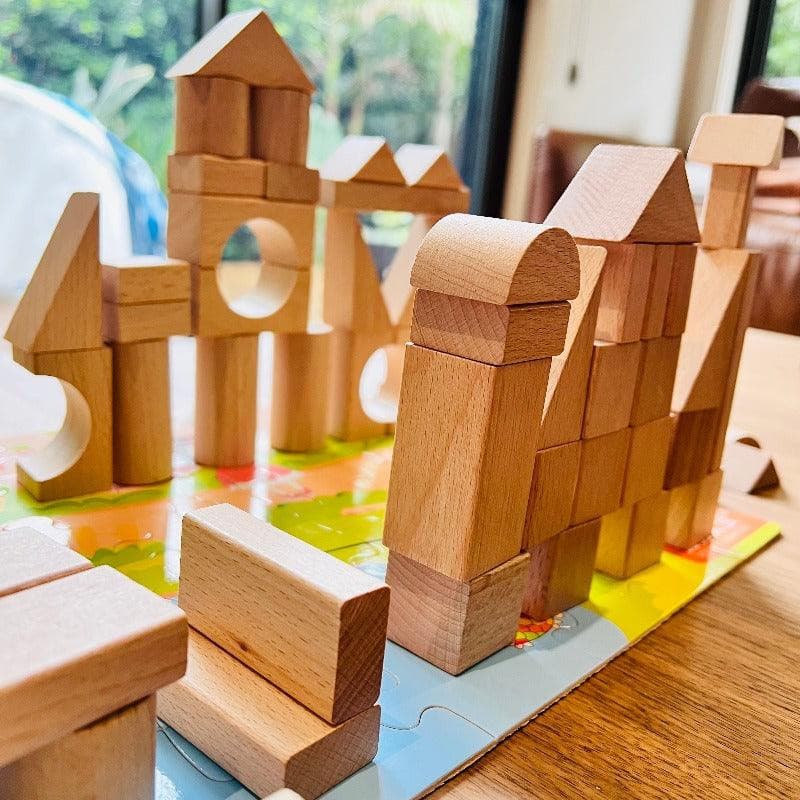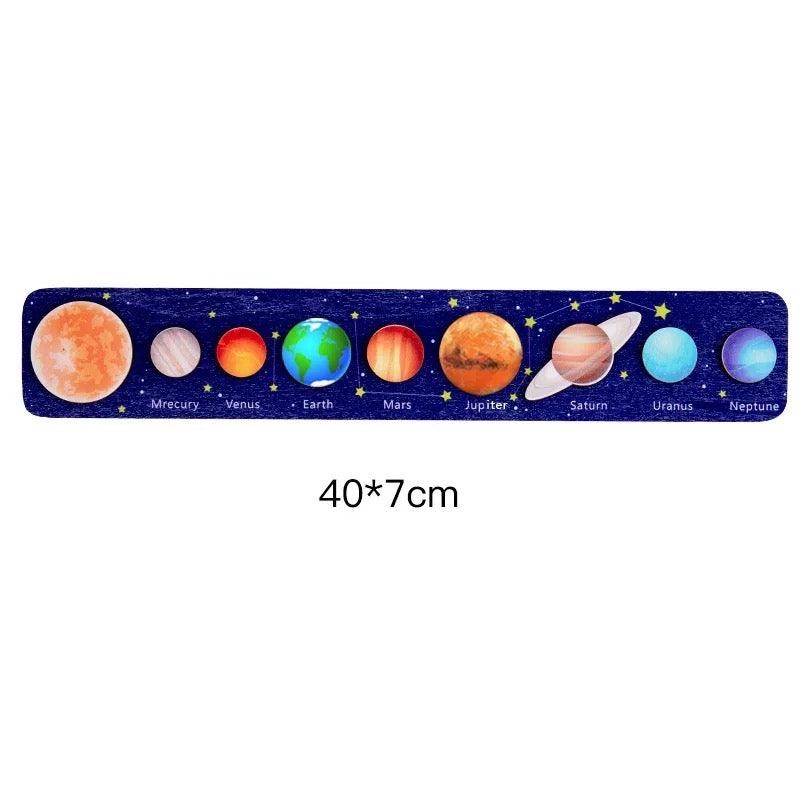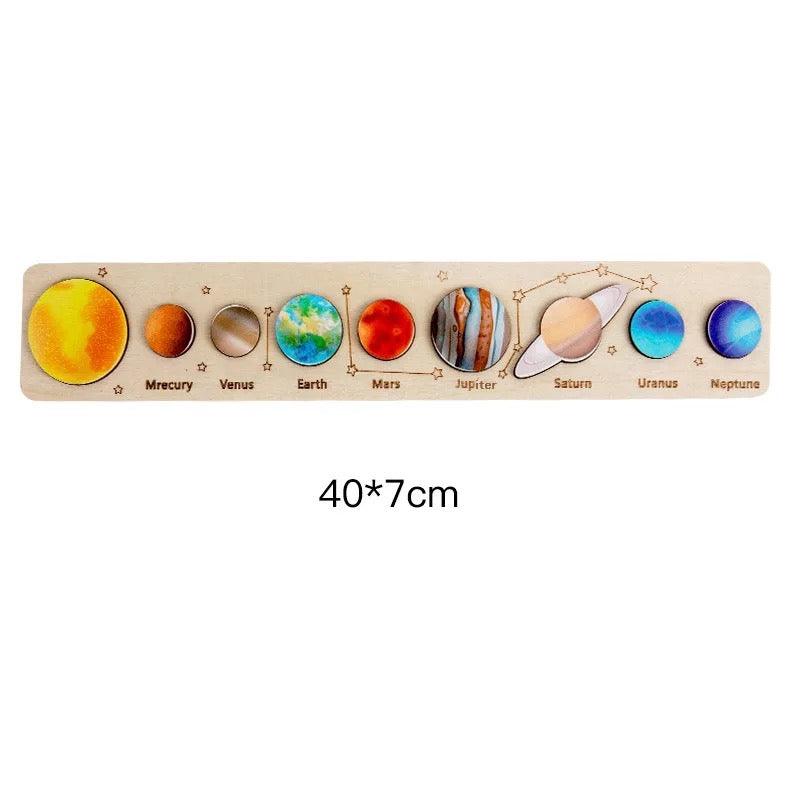Benefits And Drawbacks Of Wooden Toys
Are you currently in search of plastic and wooden toys but find yourself uncertain about which one to choose, particularly in regards to safety? To aid you in making an informed decision, Melli's Kids team will provide a comparison between the two types of toys.
.
The benefits of wooden toys.
1. Durability / Hardwearing.
Compared to plastic toys, traditional and sustainable wooden toys are less likely to be mass-produced, therefore skilled craftsmen take more care to guarantee that the final product is of a high standard (without defects). Because of this, wooden toys typically endure longer than their plastic counterparts. Consider the additional benefit of saving money by giving these wooden toys to your future child as well.
2. Environmentally responsible
Opting for toys that are made entirely of wood ensures that no harmful materials were used during their production. This not only benefits the environment, as these toys do not require batteries or software, and can be disposed of without releasing toxic waste, but also promotes better health for your child. In particular, if your child has a habit of putting toys in their mouth, wooden toys are a safer option.
3. Encourage imagination.
Although more conventional toys, such wooden baby toys, have a crucial part to play in a child's development, child specialists maintain that electronic kids’ toys still have their advantages. In addition to fostering imagination in situations where the toys are made to be simpler, they also aid in improving attention spans without the need for expensive technology.
4. Simple to maintain.
The physical aspect of wooden toys is typically relatively straightforward, with a few flat surfaces that are simple to clean as and when necessary. Even though plastic can be cleaned, inexpensive plastic frequently loses its appearance or shape after prolonged play.
5. More affordable over time.
Although some plastic toys are inexpensive, they frequently don't last very long. Wooden toys are less expensive than more sophisticated alternatives, and the item you obtain will be of good value because it will last a long time and be durable enough to withstand the severe abuse that some newborns will be subjected to.
6. Educational.
Even the most basic wooden baby toys might be more educational than those that make such claims. For instance, wooden blocks or forms for slot-in puzzles can really promote the development of hand-eye coordination, problem-solving, and other skills. Really simple electronics are not necessary for your youngster to gain these essential abilities.

Negative aspects of wooden toys.
1. Cost More Initially.
When compared to Plastic Toys, the cost of manufacturing Wooden Toys is typically higher (e.g., wood from sustainable sources, safe adhesives, paintings). The first outlay can be expensive because parents frequently make large purchases in an effort to spoil their children.
2. Small Parts or Dangerous
Due to the fact that wooden toys are typically rougher than plastic toys, if kids are not careful, it may be simpler for them to damage themselves or other kids. Children who chew on wooden toys run the risk of getting splinters in their mouths or swallowing small bits of wood. These shouldn't be a problem, though, if you shop intelligently, as practically all wooden toys have been made with safety in mind.
3. Mol
After being exposed to prolonged wetness and poor ventilation, wooden toys may begin to develop mold. A solution of vinegar and water can be used to get rid of them. Ensure that all wooden toys are completely dry before and after use. Additionally, you can show your older child how to clean their toys.
4. Color fading or scratches
To improve their appearance, wooden toys are frequently painted or oiled with a safe coating. As a result, the wooden toy will gradually lose its original color and maybe develop some scratch marks. The product is still safe to play with, but your youngster may become more interested in another toy as a result. However, as a parent, you may take advantage of this opportunity to get some secure paints and work with your child to imaginatively repaint the toys.
In selecting either type of toy, there is no right or wrong answer. In the end, choosing a wooden or plastic toy for your child is really a matter of personal preference. The best decision you can make for your child is to choose toys that are safest for him or her at the appropriate age and that you can afford. More options become accessible as your kids get older. Regardless of whether the toys are made of plastic or wood, you need to always be cautious and check the label.

